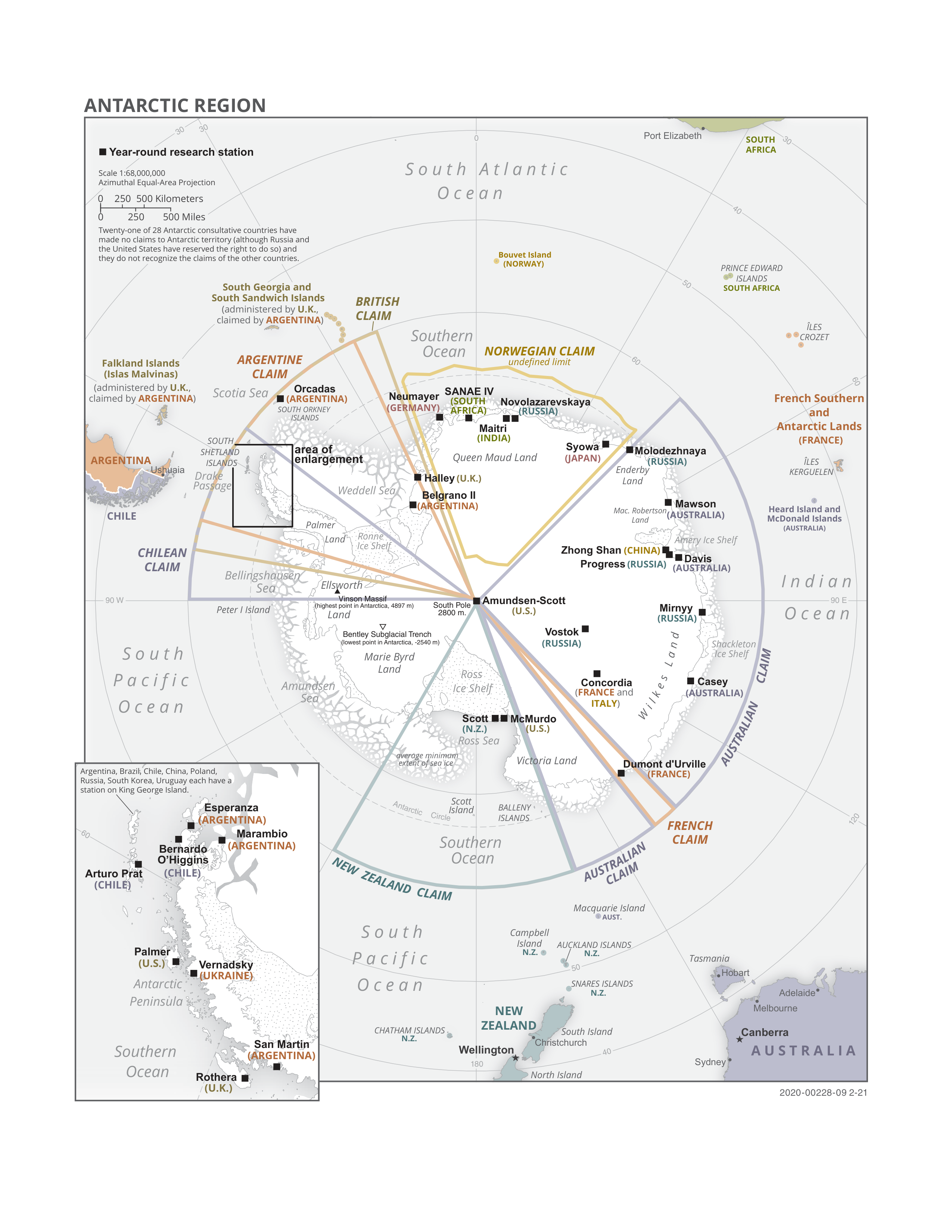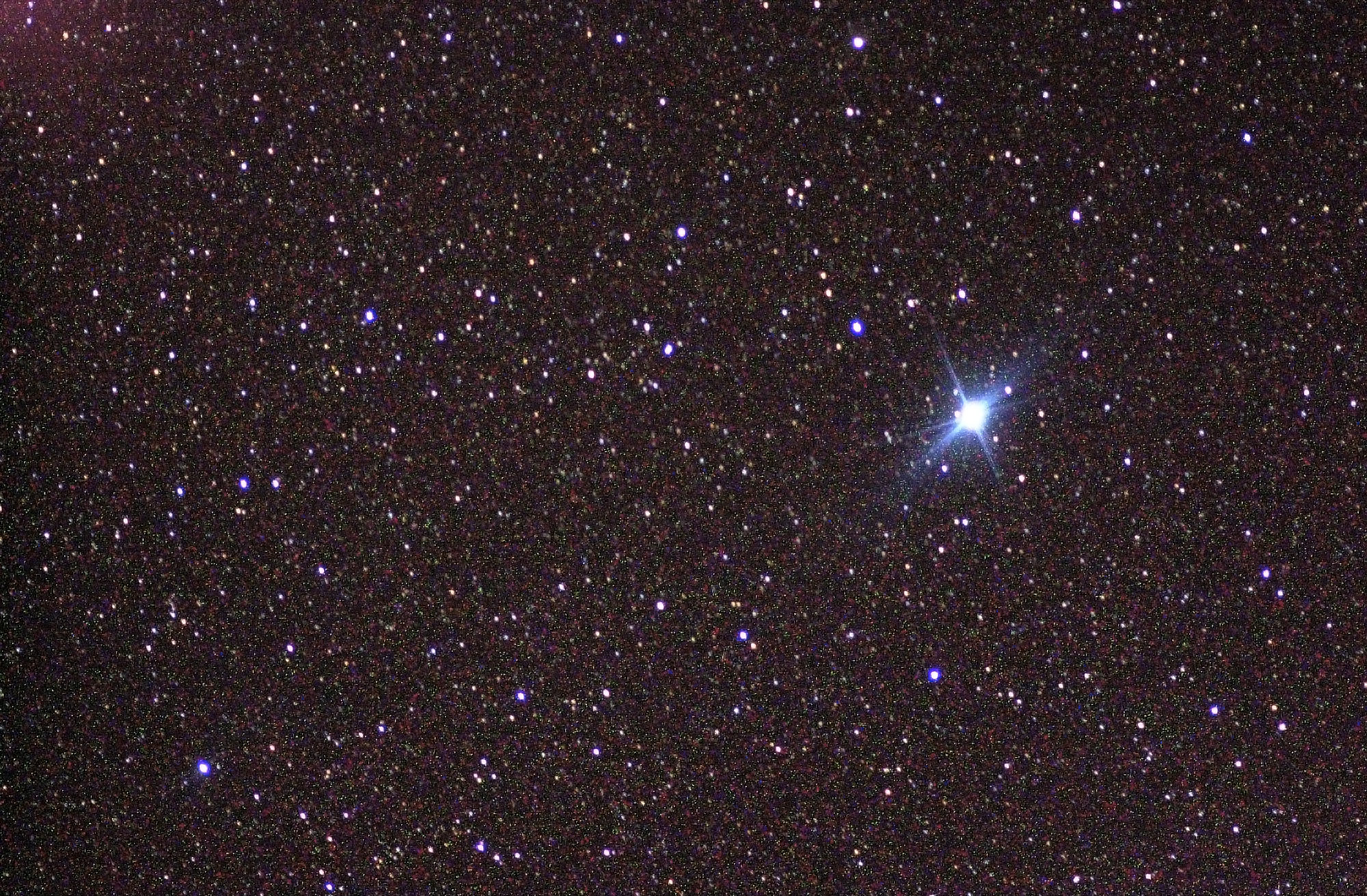|
Canopus Islands
Canopus Islands is a group of small islands just north of the Klung Islands in the eastern part of Holme Bay, Mac. Robertson Land. They were mapped by Norwegian cartographers from air photos taken by the Lars Christensen Expedition, 1936–37, and named by the Australian National Antarctic Research Expeditions after the star Canopus. See also * Canopus Island Canopus Island is the southern of the two largest islands of the Canopus Islands in Holme Bay, Mac. Robertson Land, with the Canopus Rocks lying about 1 nautical mile northwest of the islands. The two islands were mapped as one by Norwegian carto ... * List of Antarctic and sub-Antarctic islands References * Islands of Mac. Robertson Land {{MacRobertsonLand-geo-stub ... [...More Info...] [...Related Items...] OR: [Wikipedia] [Google] [Baidu] |
Antarctica
Antarctica () is Earth's southernmost and least-populated continent. Situated almost entirely south of the Antarctic Circle and surrounded by the Southern Ocean, it contains the geographic South Pole. Antarctica is the fifth-largest continent, being about 40% larger than Europe, and has an area of . Most of Antarctica is covered by the Antarctic ice sheet, with an average thickness of . Antarctica is, on average, the coldest, driest, and windiest of the continents, and it has the highest average elevation. It is mainly a polar desert, with annual precipitation of over along the coast and far less inland. About 70% of the world's freshwater reserves are frozen in Antarctica, which, if melted, would raise global sea levels by almost . Antarctica holds the record for the lowest measured temperature on Earth, . The coastal regions can reach temperatures over in summer. Native species of animals include mites, nematodes, penguins, seals and tardigrades. Where ve ... [...More Info...] [...Related Items...] OR: [Wikipedia] [Google] [Baidu] |
Antarctic Treaty System
russian: link=no, Договор об Антарктике es, link=no, Tratado Antártico , name = Antarctic Treaty System , image = Flag of the Antarctic Treaty.svgborder , image_width = 180px , caption = Flag of the Antarctic Treaty System , type = Condominium , date_drafted = , date_signed = December 1, 1959"Antarctic Treaty" in '' The New Encyclopædia Britannica''. Chicago: Encyclopædia Britannica Inc., 15th edn., 1992, Vol. 1, p. 439. , location_signed = Washington, D.C., United States , date_sealed = , date_effective = June 23, 1961 , condition_effective = Ratification of all 12 signatories , date_expiration = , signatories = 12 , parties = 55 , depositor = Federal government of the United States , languages = English, French, Russian, and Spanish , wikisource = Antarctic Treaty The Antarctic Treaty a ... [...More Info...] [...Related Items...] OR: [Wikipedia] [Google] [Baidu] |
Klung Islands
The Klung Islands are a group of small islands lying east of Welch Island and the Welch Rocks in the northeastern part of Holme Bay, Antarctica. They were mapped by Norwegian cartographers from aerial photographs taken by the Lars Christensen Expedition, 1936–37, and called Klungholmane (the Bramble Islands). Klung Island Klung Island is the largest island of the Klung Islands lying in Holme Bay, Mac. Robertson Land, Antarctica. It was mapped by Norwegian cartographers from aerial photos taken by the Lars Christensen Expedition, 1936–37, as part of ''Klungholma ... is the largest island in the group. See also * List of Antarctic and sub-Antarctic islands References Islands of Mac. Robertson Land {{MacRobertsonLand-geo-stub ... [...More Info...] [...Related Items...] OR: [Wikipedia] [Google] [Baidu] |
Holme Bay
Holme Bay is a bay in Antarctica in Mac. Robertson Land, wide, containing many islands, indenting the coast north of the Framnes Mountains. Holme Bay is largely snow-free and was mapped by Norwegian cartographers from aerial photographs taken by the Lars Christensen Expedition in January-February 1937, and named Holmevika because of its island-studded character ('' holme'' means " islet" in Norwegian) . The Rouse and Bay Islands * Azimuth Islands * Flat Islands ** Béchervaise Island ** West Budd Island * Giganteus Island * Jocelyn Islands * Nelson Rock * Rookery Islands * Rouse Islands * Welch Island * Williams Rocks See also * List of Antarctic islands south of 60° S * Mawson Station The Mawson Station, commonly called Mawson, is one of three permanent bases and research outposts in Antarctica managed by the Australian Antarctic Division (AAD). Mawson lies in Holme Bay in Mac. Robertson Land, East Antarctica in the Austra ... References External links ... [...More Info...] [...Related Items...] OR: [Wikipedia] [Google] [Baidu] |
Lars Christensen Expedition
Lars is a common male name in Scandinavian countries. Origin ''Lars'' means "from the city of Laurentum". Lars is derived from the Latin name Laurentius, which means "from Laurentum" or "crowned with laurel". A homonymous Etruscan name was borne by several Etruscan kings, and later used as a last name by the Roman Lartia family. The etymology of the Etruscan name is unknown. People * Lars (bishop), 13th-century Archbishop of Uppsala, Sweden * Lars Kristian Abrahamsen (1855–1921), Norwegian politician * Lars Ahlfors (1907–1996), Finnish Fields Medal recipient * Lars Amble (1939–2015), Swedish actor and director * Lars Herminius Aquilinus, ancient Roman consul *Lars Bak (born 1980), Danish road bicycle racer * Lars Bak (computer programmer) (born 1965), Danish computer programmer * Lars Bender (born 1989), German footballer * Lars Christensen (1884–1965), Norwegian shipowner, whaling magnate and philanthropist * Lars Magnus Ericsson (1846–1926), Swedish inventor * L ... [...More Info...] [...Related Items...] OR: [Wikipedia] [Google] [Baidu] |
Australian National Antarctic Research Expeditions
The Australian National Antarctic Research Expeditions (ANARE ) is the historical name for the Australian Antarctic Program (AAp) administered for Australia by the Australian Antarctic Division (AAD). History Australia has had a long involvement in south polar regions since as early as Douglas Mawson's Australasian Antarctic Expedition in 1911. Further Australian exploration of the Antarctic continent was conducted during the British Australian and New Zealand Antarctic Research Expedition (BANZARE), which was conducted over the years 1929–1931. The Australian National Antarctic Research Expeditions were established in 1947 with expeditions to Macquarie Island and Heard Island. In 1948 the Australian Antarctic Division (AAD) was established to administer the expedition program. ANARE Name The name ANARE fell out of official use in the early 2000s. However current and former Australian Antarctic expeditioners continue to use the term informally as a means of identi ... [...More Info...] [...Related Items...] OR: [Wikipedia] [Google] [Baidu] |
Canopus
Canopus is the brightest star in the southern constellation of Carina and the second-brightest star in the night sky. It is also designated α Carinae, which is Latinised to Alpha Carinae. With a visual apparent magnitude of −0.74, it is outshone only by Sirius. Located around from the Sun, Canopus is a bright giant of spectral type A9, so it is essentially white when seen with the naked eye. It has a luminosity over 10,000 times the luminosity of the Sun, is eight times as massive, and has expanded to 71 times the Sun's radius. Its enlarged photosphere has an effective temperature of around . Canopus is undergoing core helium burning and is currently in the so-called blue loop phase of its evolution, having already passed through the red-giant branch after exhausting the hydrogen in its core. Canopus is a source of X-rays, which are likely being emitted from its corona. The prominent appearance of Canopus means it has been the subject of mythological ... [...More Info...] [...Related Items...] OR: [Wikipedia] [Google] [Baidu] |
Canopus Island
Canopus Island is the southern of the two largest islands of the Canopus Islands in Holme Bay, Mac. Robertson Land, with the Canopus Rocks lying about 1 nautical mile northwest of the islands. The two islands were mapped as one by Norwegian cartographers from air photos taken by the Lars Christensen Expedition, 1936–37, and named Spjotöy. The island was included in a triangulation survey by Australian National Antarctic Research Expeditions The Australian National Antarctic Research Expeditions (ANARE ) is the historical name for the Australian Antarctic Program (AAp) administered for Australia by the Australian Antarctic Division (AAD). History Australia has had a long involv ... in 1959, and named after the star Canopus. See also * List of Antarctic and sub-Antarctic islands References * Islands of Mac. Robertson Land {{MacRobertsonLand-geo-stub ... [...More Info...] [...Related Items...] OR: [Wikipedia] [Google] [Baidu] |


.jpg)
